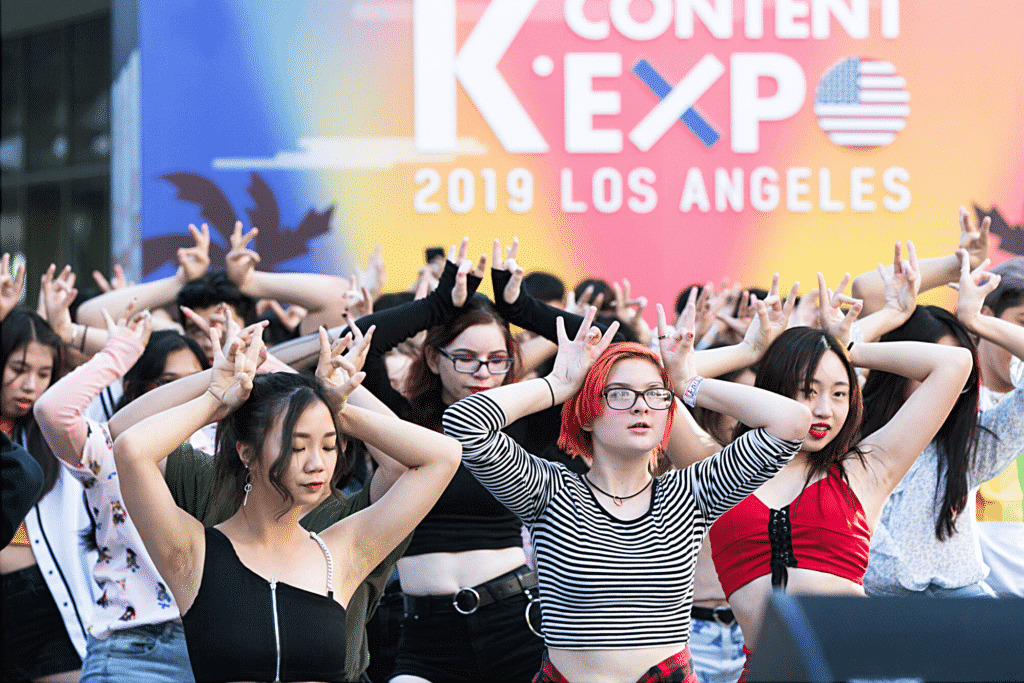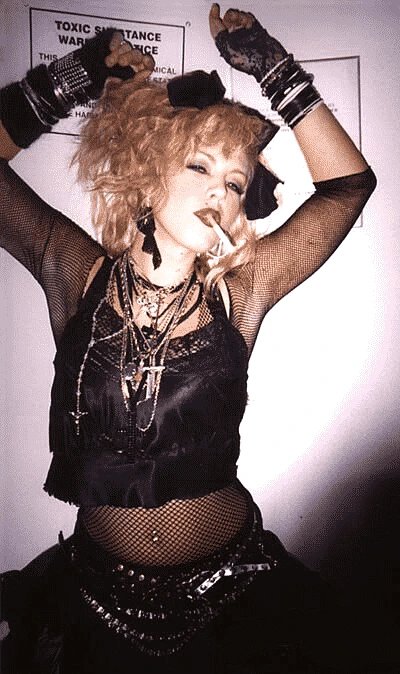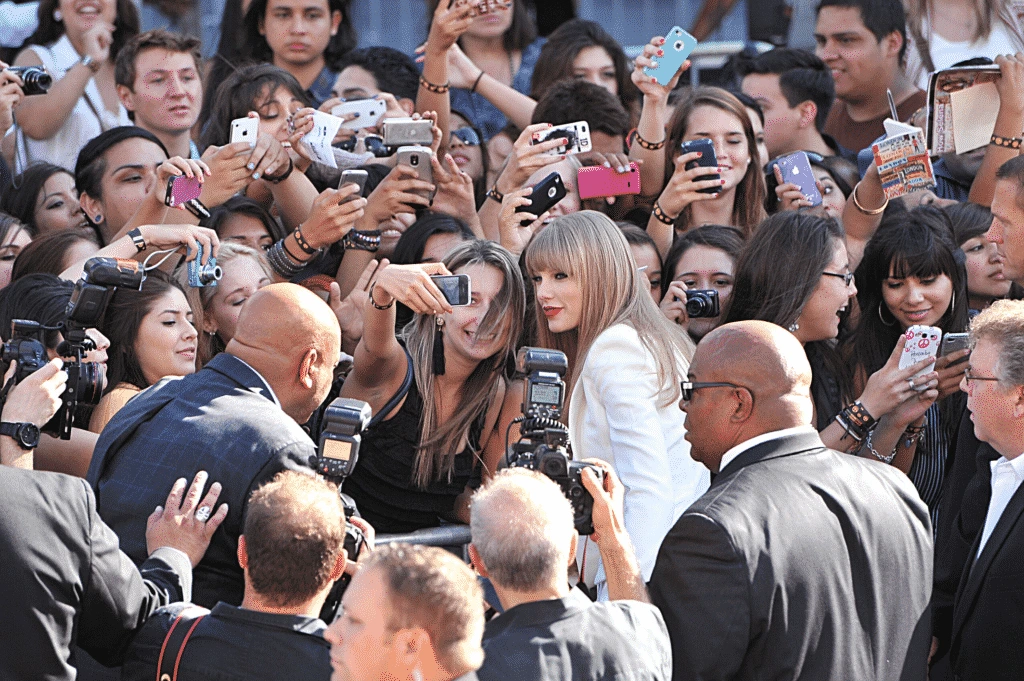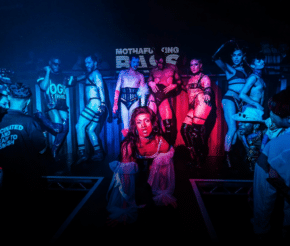- Advertise
-
Subscribe
Today’s Stan Culture

Fans have been around since the very first celebrities and stars took the spotlight.
However, our modern-day notion of stan culture differs vastly from what it was in the decades before social media.
Many consider this form of celebrity idolization to be toxic and out of touch with reality. We evaluate the rise of stan culture through the ages, and whether it deserves the bad rep it gets.
What is stan culture?
The term was originally derived from Eminem’s song ‘Stan’, which revolves around the story of an obsessive fan.
In the music video the ‘Stan’ in question develops an unhealthy delusion and infatuation with the rapper. He even changes his appearance to replicate him and mimics actions Eminem sings about in his music to a deadly end.
Since then, the word has caught on.
It’s now widely used to refer to self-proclaimed hardcore fans of specific celebrities – be they musicians, actors, performers or influencers.
These communities of fanatics come together over a shared obsession and oftentimes dedicate their entire online presence to their idols.
Another explanation of the word asserts that it originally came from the term “stalker fan”, but many stans try to distance themselves from that definition.
How are today’s stans different from regular fans?

Long before the internet and social media were a thing, musicians and bands alike had their own versions of today’s ‘stans’. Except back then, there was a clear distance between the idol and the fan.
The only way fans could really feel close to their favourite artists was through attending live concerts.
You’d hear about them on the news or read magazine exposés about their love life, but you could never be close enough to feel like you’re in the same space until you physically were
And it’s a different form of closeness than the one we’re witnessing today.
You used to rarely get a glimpse into the artist’s life, let alone feel practically involved in it. It was always about connecting through the musical experience.
Music has always been a way for people to come together. Whether it’s the artist connecting with the listeners, or fans connecting with each other.
Before the introduction of the internet and social media, the only way fans could really feel close to their idols was by attending their concerts
Social media has since bridged the gap between artists and fans. Our idols no longer feel out of reach.
We’re seeing what they had for dinner on their Instagram stories, reading their deepest thoughts in the form of Tweets, and engaging in back and forth conversations like we’re friends.
Moreover, stans can now essentially track their idols’ every move, and police their every word.
Has stan culture made fans more obsessive?
The general consensus about stan culture is that the illusion of close proximity to one’s idols has actually bred an unhealthy infatuation unlike any other fan culture that came before.
However, when looking at fans across the ages, the only real difference is that fans now have a global platform to come together on.
Hardcore fans have always had an undeniable obsession with their idols. They just needed a platform.
Madonna fans in the 80s would dress up like the singer on a daily basis – and not just for costume parties or themed events. In the mid 80s, Madonna’s fashion choices influenced the style of young girls wishing to look like her in an expression of their dedication.

One Reddit user asserts: ‘If social media had existed in the 80s, her stans would have dwarfed anything experienced by Britney, Beyoncé, Kelly, Rihanna, Taylor, Katy, Gaga, Ariana, Selena and Camilla combined.’
Hardcore fans have always had an undeniable obsession with their idols
Who can forget the screaming Beatles fangirls of the 1960s?
Passionate fans have always been vocal and loud about their support for their artists.
However, there is some truth to the dangers of stanning today. Toxic behaviour fuelled by unhealthy attachments has occurred as a direct result of stan culture.
For example, CupcakKe quit Twitter after being attacked with death threats by BTS stans for a comment she made about a K-Pop star.
And this is not an uncommon occurrence. Similar types of ‘witch hunts’ have been carried out by hardcore stans when their idols get insulted or challenged.
Artists themselves have spoken out about the toxic behaviour passed around on platforms like Twitter, where stans seem to flock.
Other types of fans feel almost entitled to interactions with the stars, which can lead to stalking, spamming and more dangerous, aggressive behaviour. Terrifying stories such as the high number of Taylor Swift stalkers – which most recently ended with one breaking into her property – plague many fandoms.

But when considering detrimental idol-fan relationships, who can forget the deranged fan who killed John Lennon in 1980?
The truth about stan culture
In truth, stan culture has always been around in different ways. The only real difference is that now there are platforms which encourage people to delve into their obsessions.
The days of fans feeling like their idols are out of reach are well behind us. But sometimes this close proximity and the blurring of boundaries breeds unhealthy behavior.
The harm in this is when stans go overboard with their dedication to their idols, and end up harming the rest of the online community around them, as well as giving their icons, a bad rep.






